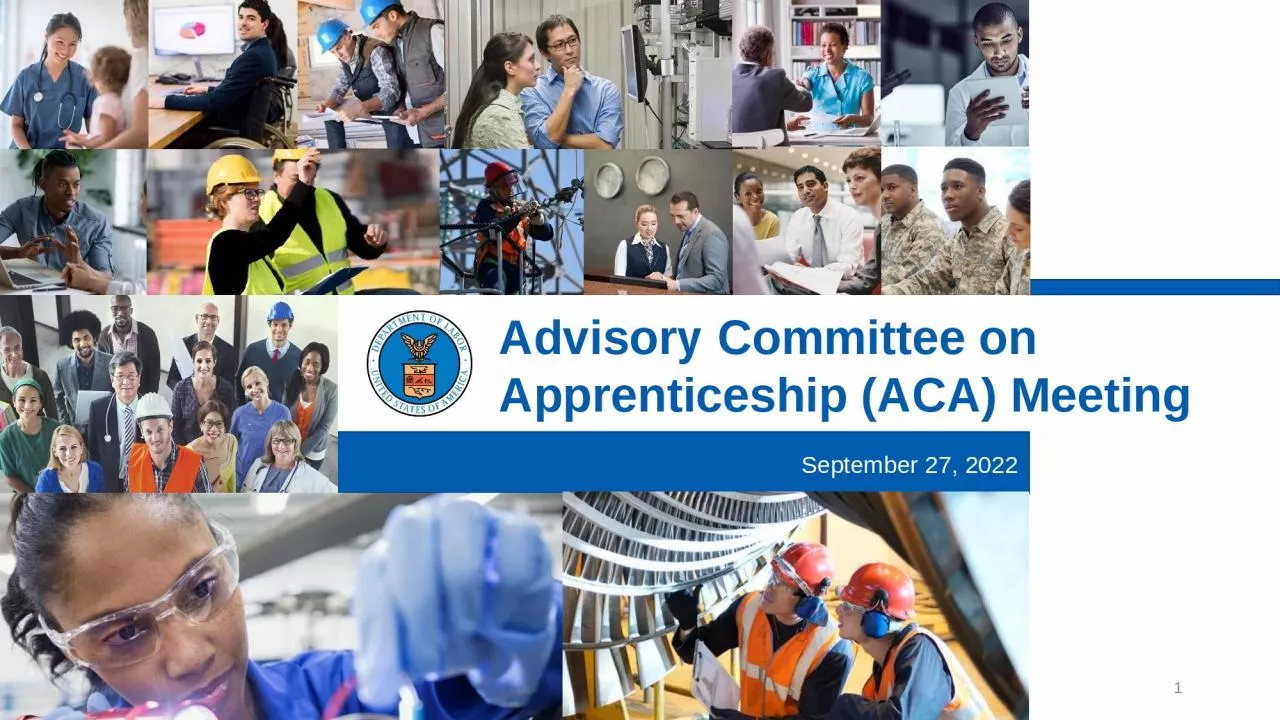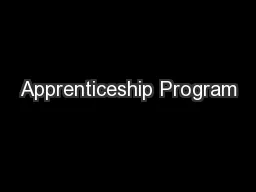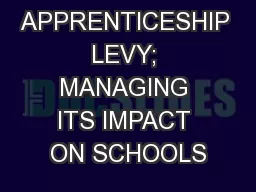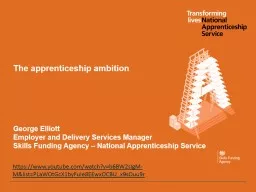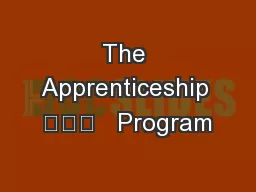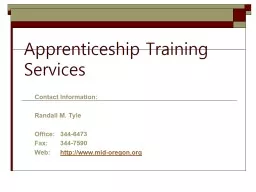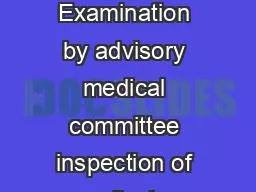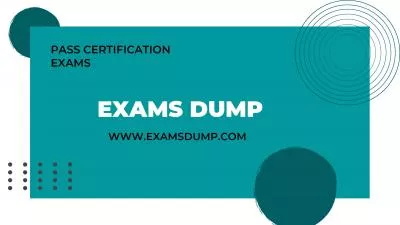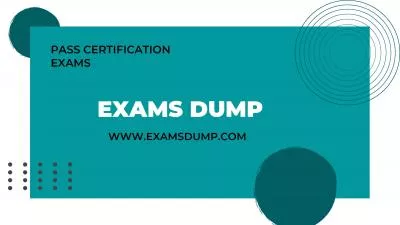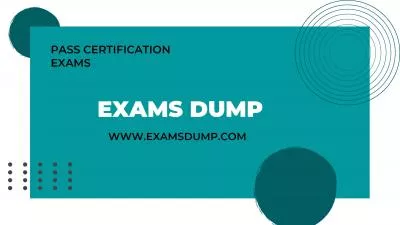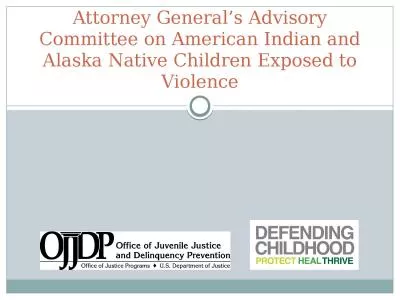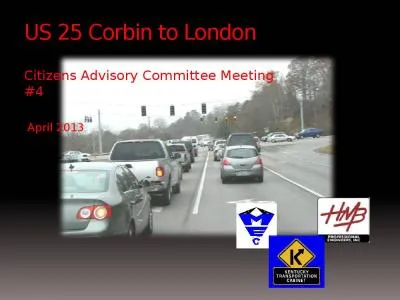PPT-Advisory Committee on Apprenticeship (ACA) Meeting
Author : winnie | Published Date : 2024-02-09
September 27 2022 1 2 John V Ladd US Department of Labor Administrator Office of Apprenticeship Employment and Training Administration Designated Federal Official
Presentation Embed Code
Download Presentation
Download Presentation The PPT/PDF document "Advisory Committee on Apprenticeship (AC..." is the property of its rightful owner. Permission is granted to download and print the materials on this website for personal, non-commercial use only, and to display it on your personal computer provided you do not modify the materials and that you retain all copyright notices contained in the materials. By downloading content from our website, you accept the terms of this agreement.
Advisory Committee on Apprenticeship (ACA) Meeting: Transcript
Download Rules Of Document
"Advisory Committee on Apprenticeship (ACA) Meeting"The content belongs to its owner. You may download and print it for personal use, without modification, and keep all copyright notices. By downloading, you agree to these terms.
Related Documents

